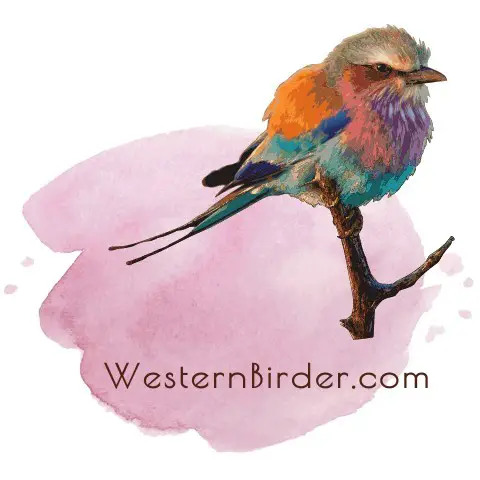It’s similar to Jurassic Park, except without the dinosaurs. One enchanted tourist characterised it as being “a million years from Miami.” A visit to the National Audubon Society’s Corkscrew Swamp Sanctuary on Florida’s Gulf Coast is widely regarded as a fascinating excursion through some of the country’s most pristine nature.
Many of the virgin bald cypress trees at Corkscrew were over 300 years old when the Pilgrims landed off the coast of Massachusetts in 1620. Today, the continent’s greatest intact stand contains trees dating back 700 years and reaching heights of 130 feet.
Audubon has administered the Sanctuary, which spans 11,000 acres of woodland and marshes, for almost 40 years. Corkscrew, which is located 20 miles east of Naples, is home to panthers, bobcats, alligators, deer, otters, and approximately 200 bird species. A new 2-and-a-half-mile boardwalk leads across wet grassland and marsh, through cypress woodland, and through bromeliads, lettuce lakes, ferns, strangler figs, and rare orchids.
When exotic feathers were all the rage in women’s clothing in 1912, the Society recruited a seasonal warden to keep plume hunters away from the area’s wood storks and great egrets.
A Saturday Evening Post report on local wood operations sparked a national uproar in 1954, bolstering efforts to safeguard the area’s biodiversity and animals. The region’s widespread logging was destroying the old-growth woods that previously spanned hundreds of thousands of acres in South Florida.
Fourteen conservation organisations banded together to safeguard the bald cypress and, by extension, Corkscrew’s diverse biodiversity. More than 6,000 acres were bought, leased, or donated by the newly created Corkscrew Cypress Rookery Association with the help of local landowners, and the Corkscrew Swamp Sanctuary was founded. The National Audubon Society agreed to take over management of the land.
The Corkscrew Regional Ecosystem Watershed project, or CREW, was initiated by the Society in the mid-1980s. Because residential and agricultural land development have become a growing danger to the Corkscrew watershed (as they have across the Everglades ecosystem), CREW has targeted 58,000 acres of neighbouring wetlands for purchase. Since 1990, project authorities have bought 26,000 acres and are in the process of purchasing additional.
The most essential reason for CREW, however, is that Corkscrew and the adjacent wetlands provide drinking water to the region’s human population.
Another factor in CREW’s purchase and preservation of more land is the protection of one of the country’s most endangered species—the wood stock. Corkscrew is home to one of the country’s two biggest nesting colonies. Corkscrew authorities recorded 1,700 pairs in spring, compared to 5,000 to 7,000 pairs in the 1930s.
While there are plenty of locations for wood storks to nest, the issue, according to Sanctuary director Ed Carlson, is a lack of feeding habitat. He claims that, despite the fact that Corkscrew offers an excellent marsh and woodland habitat for the massive birds, their feeding places have been dramatically restricted within a 30- to 40-mile radius of the Sanctuary. As a consequence, the storks have been reduced to a small range.
Carlson, on the other hand, believes there is yet hope. First and foremost, Corkscrew’s existence is secured. In addition, the United States Army Corps of Engineers and the South Florida Water Management District are leading efforts to restore the Everglades. Last July, the Corps of Engineers submitted to Congress a plan that, if adopted, would give $8 billion in restoration money over the next 30 years. The federal government would provide half of the funds, while the state would contribute the other half.
Though the proposed law may aid wood stork populations as well as new inhabitants and companies in need of more fresh water in the near future, it will take another 1,000 years to produce an ecological treasure like Corkscrew Swamp.
